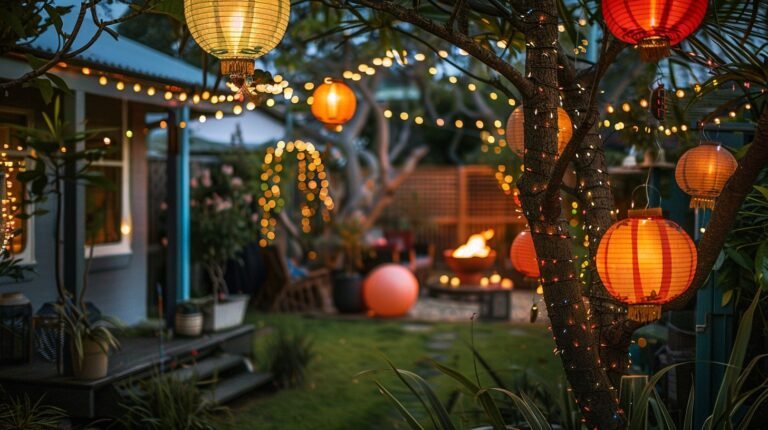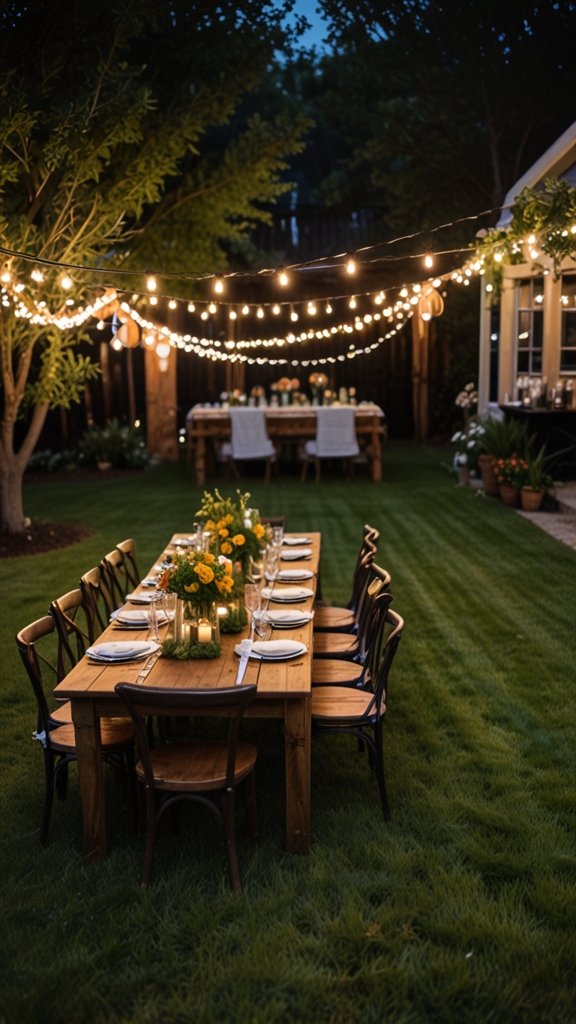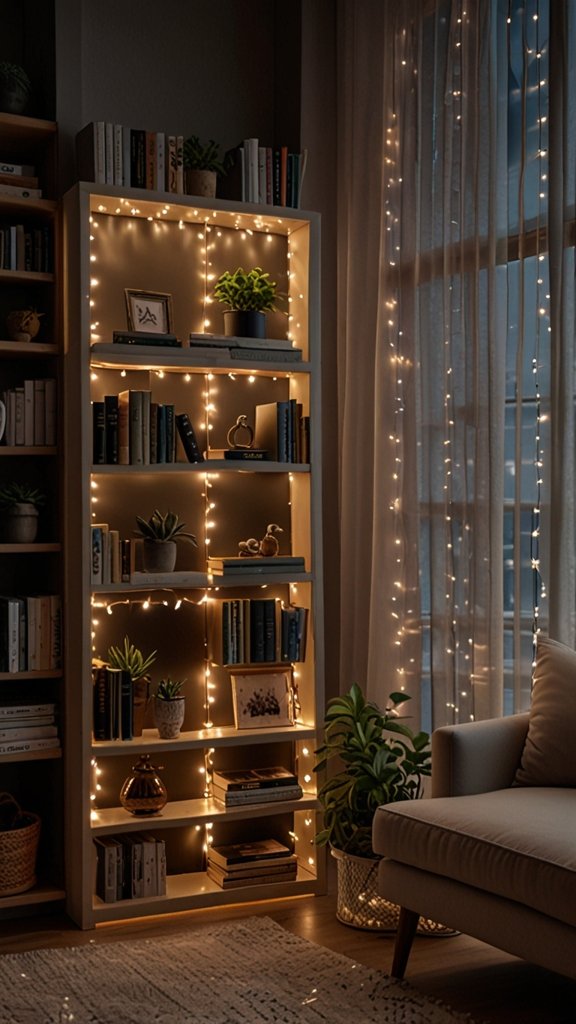Did you know that a well-lit garden can reduce the risk of home break-ins by up to 39%? As a landscape lighting designer with over a decade of experience transforming outdoor spaces, I’ve seen how strategic solar garden light placement can do more than just illuminate – it can revolutionize your entire outdoor living experience. Even better? With property owners seeing up to 20% increases in home value from professional landscape lighting, mastering solar light placement isn’t just about aesthetics – it’s an investment in your home’s future!
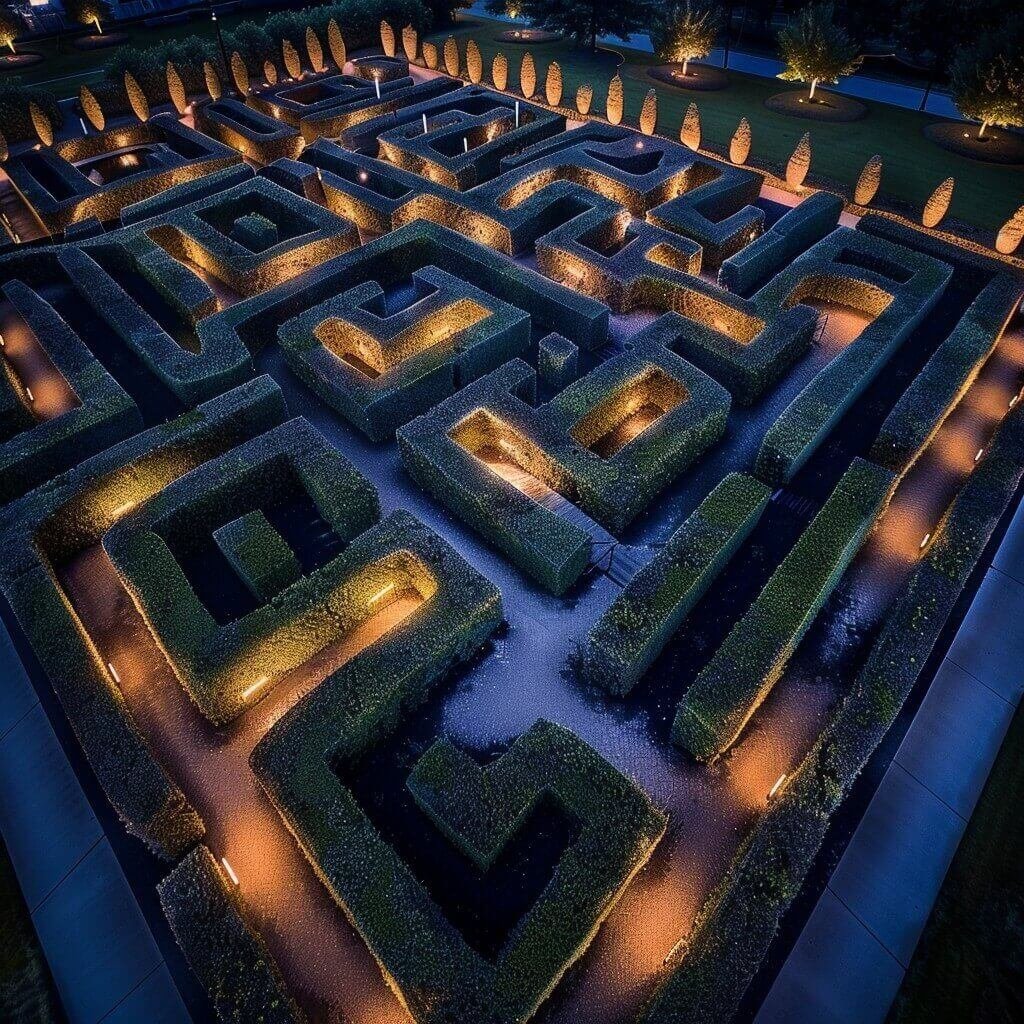
What Are the Best Practices for Solar Garden Light Placement and Positioning?
Creating the perfect nighttime garden oasis requires both technical knowledge and artistic vision. Let’s dive deep into everything you need to know about optimal solar light placement for maximum impact and efficiency.
Understanding Solar Light Technology
Before we discuss placement strategies, it’s crucial to understand how solar garden lights work:
Solar Panel Efficiency
- Photovoltaic cells convert sunlight into electrical energy
- Battery storage capacity affects nighttime performance
- Light sensors control automatic operation
- Energy conversion rates vary by model and quality
Types of Solar Garden Lights
Different lighting types serve unique purposes in your landscape:
- Perfect for walkway illumination
- Usually 2-3 feet in height
- 360-degree light distribution
- Available in various decorative styles
Spotlights
- Ideal for feature highlighting
- Adjustable beam angles
- Higher light output
- Perfect for trees and architectural elements
- Create ambient atmosphere
- Flexible installation options
- Perfect for entertainment areas
- Available in various bulb styles
Flood Lights
- Broad area coverage
- Security applications
- Motion sensor options
- Higher lumens output
Planning Your Garden Lighting Layout
Success begins with comprehensive planning. Here’s your step-by-step guide:
Initial Assessment
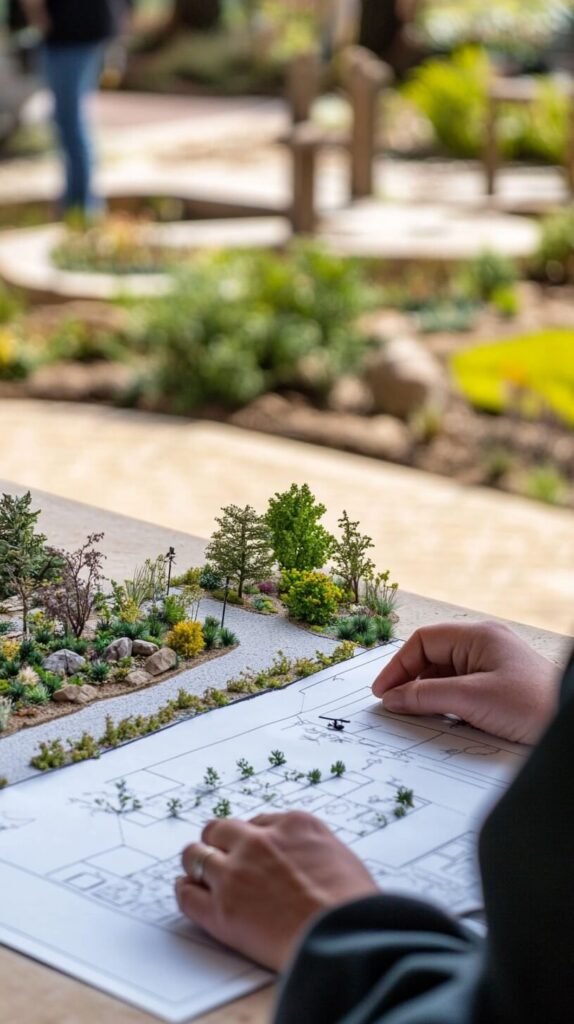
- Create a detailed garden map
- Mark areas receiving direct sunlight
- Note shade patterns throughout the day
- Identify key features for highlighting
- Map existing electrical installations
- Consider seasonal sun pattern changes
Safety Considerations
- Identify potential trip hazards
- Mark emergency exits and paths
- Note areas requiring extra illumination
- Consider motion-activated options
- Plan for winter visibility
Design Elements
- Create lighting zones
- Plan layered lighting effects
- Consider color temperature variations
- Account for seasonal plant growth
- Design for year-round appeal
Strategic Placement Techniques
Master these professional placement strategies for optimal results:
Path Light Positioning
- Space lights 6-8 feet apart
- Stagger placement for natural flow
- Position slightly off-path edge
- Account for plant growth
- Consider path width variations
Feature Lighting Strategies
- Position spotlights at 45-degree angles
- Use multiple lights for large features
- Create depth with layered lighting
- Consider seasonal adjustments
- Plan for growth and changes
Technical Installation Tips
- Ensure solar panels face south when possible
- Avoid overhanging obstacles
- Consider reflected light from surfaces
- Account for shadows from structures
- Plan for easy maintenance access
Highlighting Garden Features
Transform your landscape with these professional illumination techniques:
Trees and Large Plants
- Position lights 1-2 feet from the trunk
- Use multiple lights for large specimens
- Highlight interesting bark textures
- Create dramatic shadow effects
- Consider seasonal foliage changes
Water Features
- Illuminate from multiple angles
- Protect lights from water spray
- Create reflection effects
- Consider underwater options
- Plan for maintenance access
Architectural Elements
- Highlight unique features
- Create depth with shadows
- Use wash lighting techniques
- Consider seasonal decorating
- Plan for special occasions
Advanced Lighting Design Concepts
Take your garden lighting to the next level:
Creating Depth
- Use foreground, middle-ground, and background lighting
- Vary light intensities
- Incorporate shadow play
- Layer different light types
- Create visual focal points
Color Temperature Selection
- Use warm white for entertaining areas
- Consider cool white for security
- Mix temperatures for interest
- Match light to garden-style
- Plan for seasonal changes
Special Effects
- Moonlighting from trees
- Shadow casting techniques
- Silhouette lighting
- Cross-lighting effects
- Water reflection planning
Technical Considerations for Optimal Performance
Ensure your solar lights perform at their best:
Solar Panel Optimization
- Clean panels monthly
- Adjust angles seasonally
- Monitor sun exposure patterns
- Check for obstruction growth
- Maintain proper alignment
Battery Management
- Consider lithium-ion options
- Monitor charging patterns
- Plan for replacement
- Check weather resistance
- Maintain backup options
Maintenance Schedule
- Weekly visual inspections
- Monthly cleaning routine
- Quarterly alignment checks
- Seasonal adjustments
- Annual deep cleaning
Creating Distinct Lighting Zones
Design your garden with purpose-driven areas:
Entertainment Spaces
- Bright, welcoming illumination
- Flexible lighting options
- Task lighting where needed
- Safety consideration
- Mood setting capability
Meditation Areas
- Subtle, gentle lighting
- Indirect illumination
- Calming effects
- Natural integration
- Shadow appreciation
Security Zones
- Motion activation
- Bright, clear illumination
- Wide coverage areas
- Deterrent positioning
- Emergency backup plans
Professional Maintenance and Troubleshooting
Keep your garden lighting perfect year-round:
Regular Maintenance Tasks
- Clean solar panels every 3-4 weeks
- Check all connections monthly
- Clear debris regularly
- Adjust positions as needed
- Monitor battery performance
Common Issues and Solutions
- Dim lighting: Clean panels and check battery
- Inconsistent operation: Check sun exposure
- Physical damage: Inspect seals and covers
- Poor coverage: Adjust spacing and angles
- Battery issues: Consider replacements
Seasonal Considerations
- Spring: Clean and check after winter
- Summer: Monitor heat effects
- Fall: Prepare for shorter days
- Winter: Adjust for snow and ice
Frequently Asked Questions
What’s the optimal spacing for solar path lights?
For most garden paths, space lights 6-8 feet apart. However, adjust based on light output and path width. Curves and steps may require closer spacing for safety.
How do I ensure consistent lighting throughout the night?
Position solar panels for maximum sun exposure, use high-quality batteries, and regularly clean panels. Consider backup options for critical areas during extended cloudy periods.
Can solar lights work in partially shaded gardens?
Yes, but they require careful placement and possibly extended solar panels. Focus on areas receiving at least 6 hours of direct sunlight and consider higher-capacity batteries.
Should I remove solar lights during winter?
In severe winter climates, removal can prevent damage. However, many modern solar lights are designed for year-round use. Check manufacturer recommendations for your specific models.
How often should I replace solar light batteries?
Most quality solar lights need battery replacement every 1-2 years. Monitor performance and replace when runtime noticeably decreases.
What’s the best way to create depth in garden lighting?
Layer your lighting using a combination of path lights, spotlights, and accent lighting at various heights and intensities. Create interest with both illuminated areas and strategic shadows.
Conclusion
Mastering solar garden light placement transforms your outdoor space into an enchanting nighttime retreat while adding practical value to your property. Remember that successful garden lighting combines technical expertise with artistic vision – don’t be afraid to experiment with positions and effects until you achieve your perfect balance.
Start by implementing these strategies one section at a time, and you’ll soon create a magical outdoor environment that enhances your home’s beauty and functionality after dark. Ready to begin? Grab your solar lights and let’s start transforming your garden into a nighttime paradise!
Pro Tip: Keep a lighting journal during your first year, noting seasonal changes and adjustments needed. This valuable information will help you perfect your garden lighting over time.

